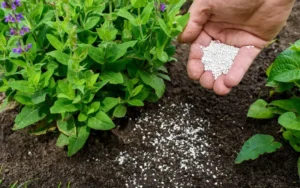Every gardener dreams of a flower garden bursting with vibrant colors, lush greenery, and blooms that last all season. The truth? Healthy flowers don’t just happen — they need the right care, conditions, and a little insider know-how.
Whether you’re growing annuals, perennials, or flowering shrubs, these 10 proven tips will help you get stronger, brighter, and longer-lasting blooms.
1. 🌞 Choose the Right Location
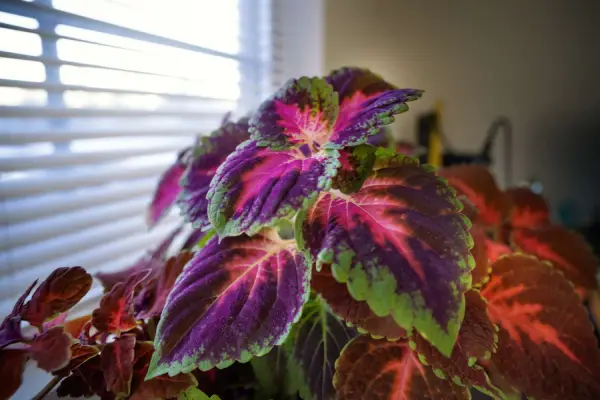
The golden rule: right plant, right place.
Most flowering plants need 6–8 hours of direct sunlight daily, while some shade lovers thrive in partial sun. Observe your garden for a few days to find:
- Full sun spots
- Part-shade zones
- Fully shaded areas
Tip: If flowers aren’t thriving, they might be in the wrong light. Move them and watch them flourish.
2. 🌱 Start with Healthy Soil
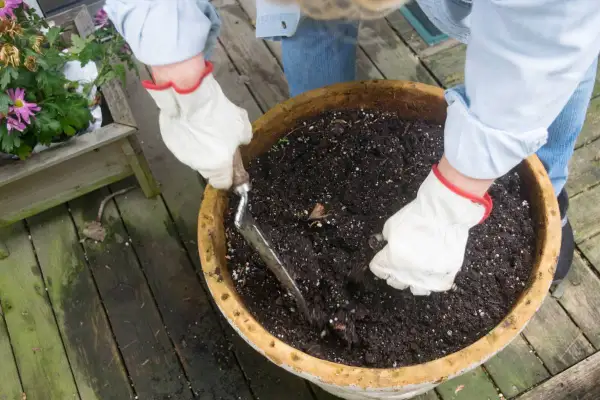
Healthy soil means healthy flowers. Ideal soil is loamy — a mix of sand, silt, and clay — enriched with organic matter.
Add:
- Compost
- Aged manure
- Worm castings
- Leaf mold
Most flowers prefer a slightly acidic to neutral pH (6.0–7.0).
Quick Fix:
- Heavy clay → Add compost + sand
- Too sandy → Add organic matter for moisture retention
3. 💧 Water Deeply and Consistently
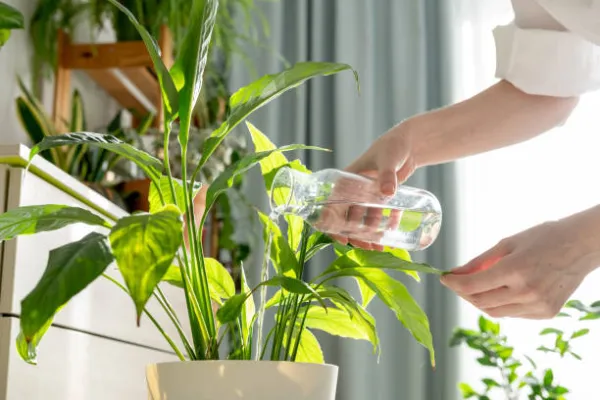
Frequent shallow watering causes weak surface roots. Instead:
- Water deeply and less often
- Aim water at the base (not leaves)
- Use drip irrigation or a soaker hose
How often:
- In-ground: 1–2 times/week
- Containers: 3–5 times/week, daily in hot weather
4. 🌾 Feed Your Flowers
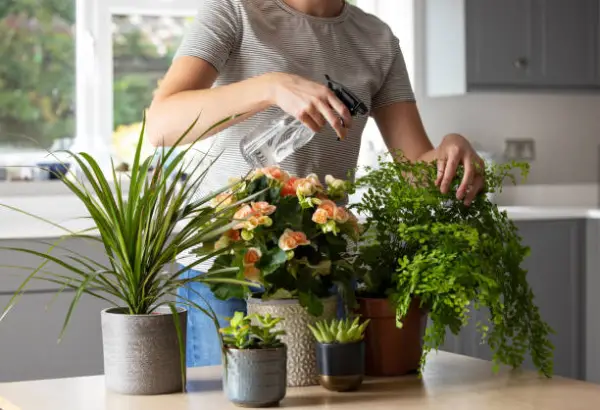
Nutrients = blooms. Use:
- Liquid fertilizer for quick results
- Slow-release fertilizer for low-maintenance beds
- Organic options (fish emulsion, compost tea) for soil health
Feeding schedule:
- Annuals: every 2–3 weeks
- Perennials: early spring + mid-summer
- Containers: every 1–2 weeks
5. 🌿 Mulch Like a Pro

Mulch helps:
- Lock in moisture
- Suppress weeds
- Regulate soil temperature
- Add nutrients (if organic)
Use 2–3 inches of:
- Shredded bark
- Straw
- Compost
- Leaf mold
6. ✂️ Deadhead Spent Blooms
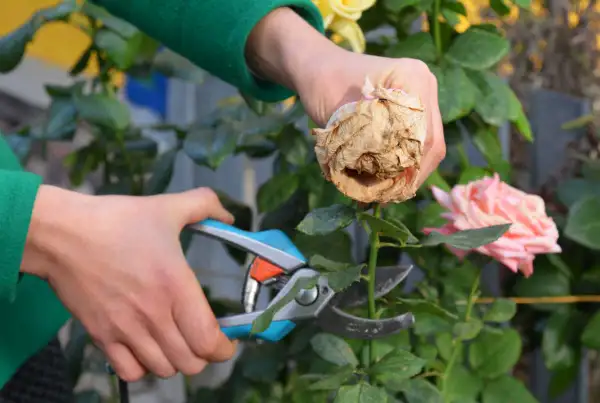
Removing faded flowers encourages more blooms and keeps plants neat. Some perennials may even bloom twice if deadheaded regularly.
7. 🧽 Keep Pests and Diseases in Check
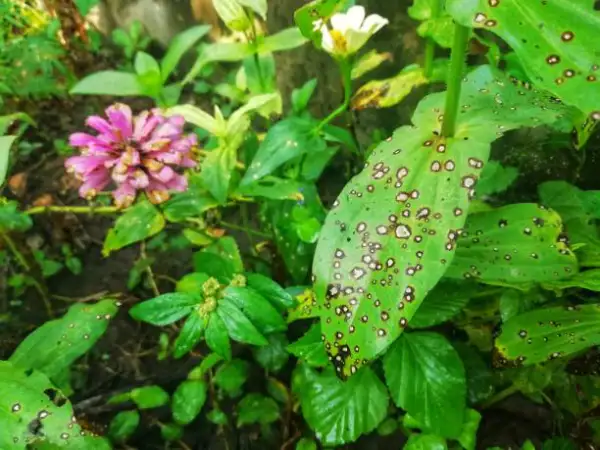
Early detection is key. Look for:
- Holes in leaves → caterpillars/beetles
- Sticky residue → aphids
- Powdery spots → fungal infections
Natural fixes:
- Neem oil spray
- Remove infected leaves
- Attract ladybugs
8. 🪴 Give Plants Room to Grow
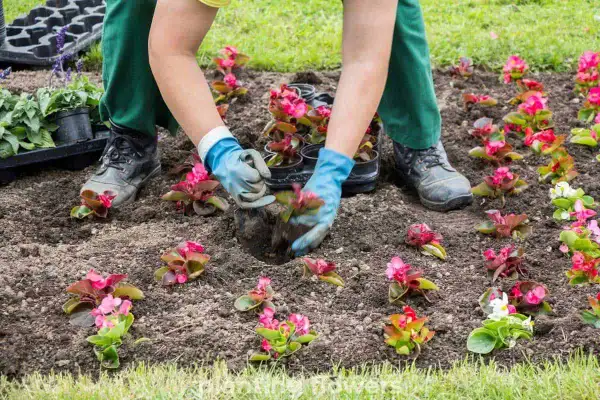
Overcrowding = poor air circulation, disease risk, and nutrient competition. Follow spacing guidelines on plant tags.
9. 🔁 Rotate Annual Flowers Seasonally

Rotate to avoid soil-borne diseases and keep the garden fresh.
Example: Don’t plant zinnias in the same spot every year — alternate with marigolds or cosmos.
10. 📆 Follow the Seasons

Match your flowers to your climate:
- Spring bloomers → Plant in fall
- Summer lovers → Plant in warm soil
- Fall favorites → Plant in late summer
🌟 Final Thoughts
Healthy flowers are the result of knowledge + consistency.
Follow these tips and you’ll enjoy:
- Longer blooming seasons
- Healthier plants
- Less troubleshooting
Whether you’re growing in beds, borders, or pots, small habits make big results — and your garden will thank you with color and life all season long.



